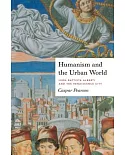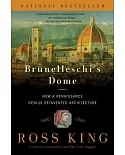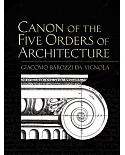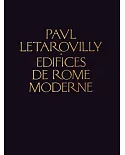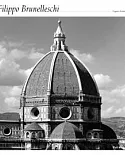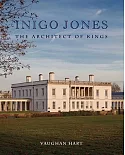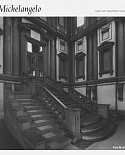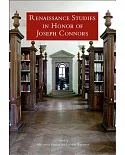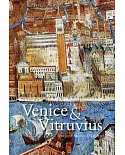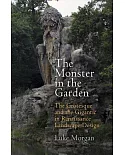How and why Palladio has become the most influential architect of the Renaissance and beyond. There is perhaps no single architect who has had as great an influence on the development of
architecture over the course of the early modern period and beyond as Andrea Palladio (1508–1580). For more than four and a half centuries, his works have continuously provided a touchstone for
architects, not only in the Veneto, where architects were able to scrutinize his works firsthand, but abroad as well. Indeed, his followers are legion; however, the manner in which his oeuvre
has been interpreted varied considerably according to time and place. His successors have ranged from those advocating a return to classical orthodoxy to those who have sought to borrow from
his work more freely. Yet as the call for architectural reform grew ever more urgent over the course of the eighteenth century, this polysemy came to be overshadowed by a rationalized classical
interpretation of Palladio’s work.


